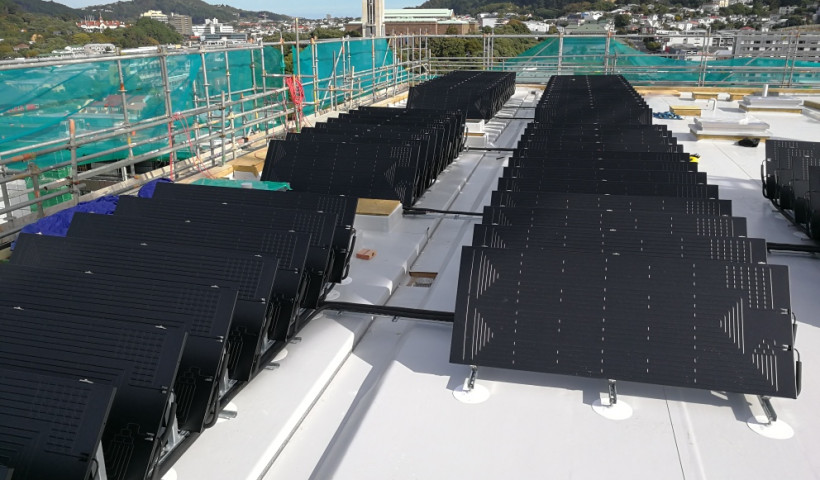
Awareness of the need for better quality buildings and the need to respond to climate change has led the Ministry for Business and Innovation and Employment to announce changes to help NZ design and build more energy efficient and warmer buildings. These changes include an increase in the minimum insulation requirements and an increase in the number of climate zones from 3 to 6.
Eurothane GP PIR boards, supplied by The Alternative Energy Company, are designed to be incorporated in the fabric of the building. They are suitable for floor, walls or roof. The dimensions of all the boards are 1200mm x 2400mm but they are available in a range of thicknesses. They have superior R-values that are significantly higher than traditional insulation materials. For example, using the 90mm PIR Eurothane board provides an R value of 4.05, approximately twice that of some standard 90mm insulation batts. Eurothane PIR boards are available in thicknesses from 25mm up to 150mm thick. The 150mm has an R value of 6.8 which meets the new minimum roof R value for all climate zones.
Using Eurothane PIR has numerous other advantages: it is water resistant, does not sag, and maintains its insulating performance over time. It is safe with electrical cabling and is vermin resistant.
PIR boards are designed to be used over the framework and sealed where the boards abut each other with special tape to create a complete unbroken thermal envelope. In NZ, where we have traditionally used insulation between the framework, PIR is still able to be used because it can be cut easily, and press fitted between studs etc. PIR can also be uses both between and over framework. Because it is available in a range of thicknesses there are many possible solutions.
Because of this superior insulation performance, The Alternative Energy Company have even supplied Eurothane PIR to Scott Base in Antarctica.













 New Products
New Products









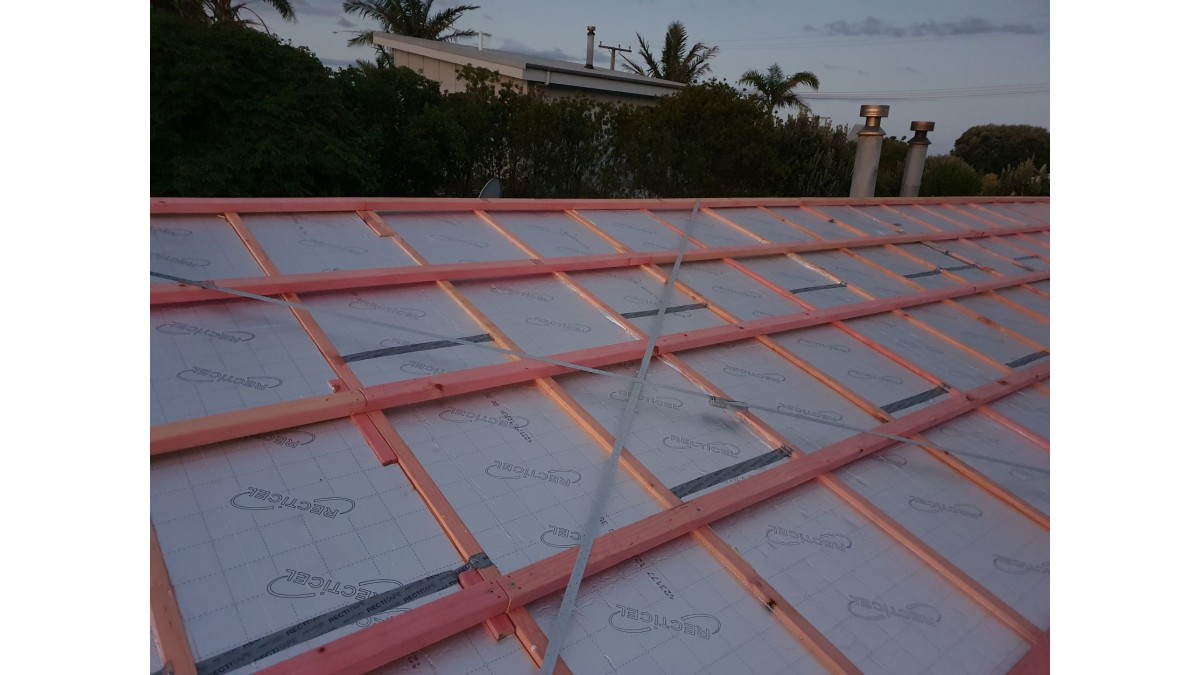

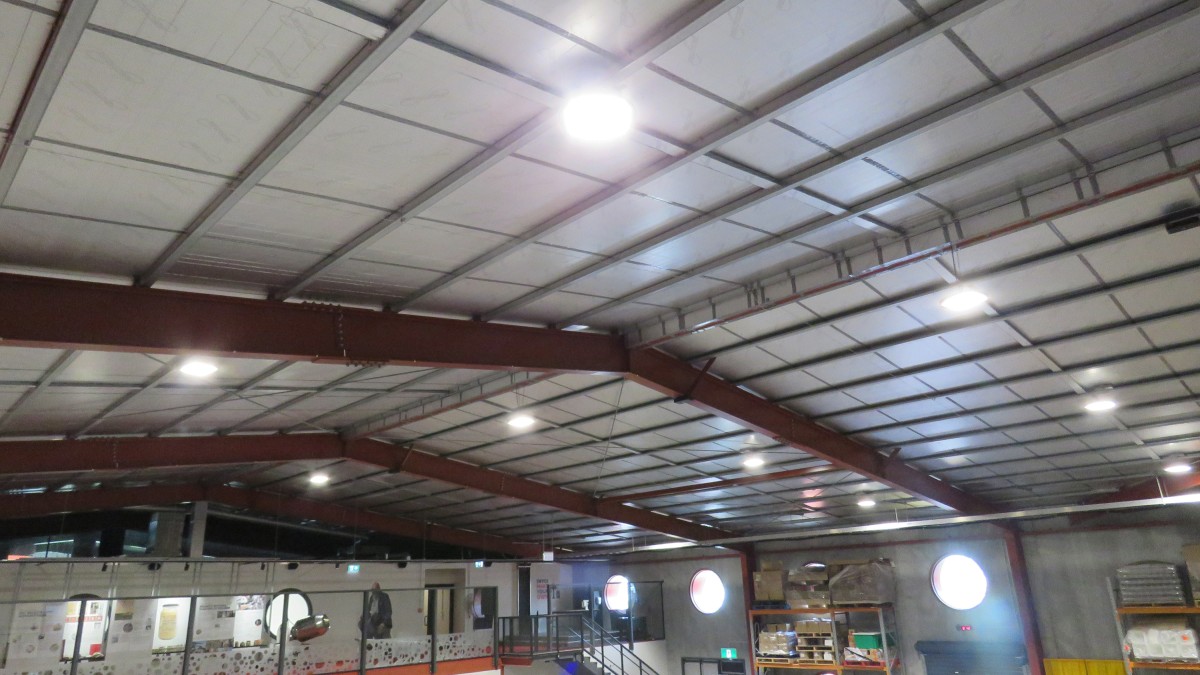




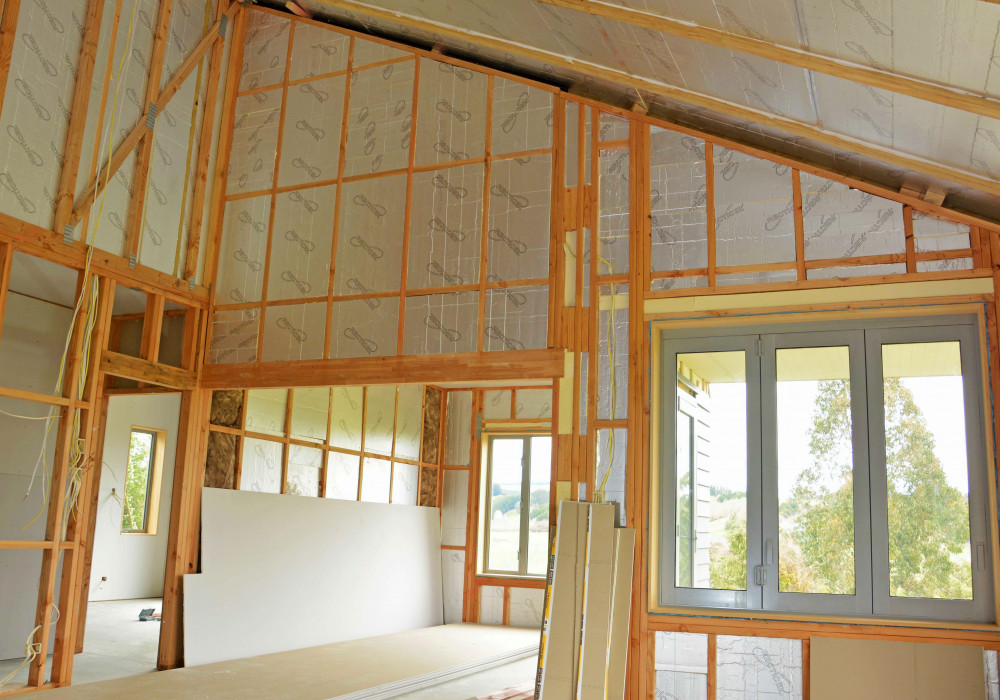

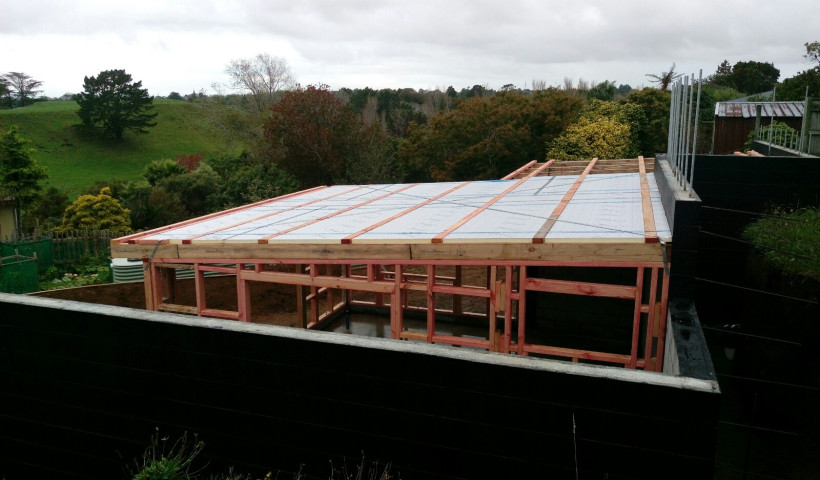
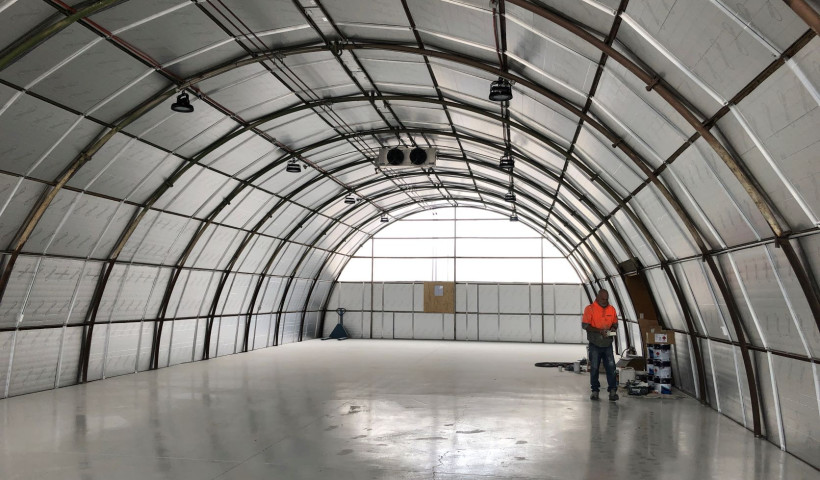
 Popular Products from The Alternative Energy Company
Popular Products from The Alternative Energy Company
 Most Popular
Most Popular


 Popular Blog Posts
Popular Blog Posts
